Quince trees (Cydonia oblonga) are a beautiful and fruitful addition to any garden. Known for their fragrant blossoms, attractive foliage, and delicious fruits, quince trees have been cherished for centuries in orchards and home gardens alike. Whether you’re looking to grow quince for culinary uses, jams, or simply to enhance your garden’s aesthetic appeal, understanding how to plant, grow, prune, and harvest this unique fruit tree is essential. In this comprehensive guide, we’ll cover everything you need to know to cultivate a healthy and productive quince tree.
What Is a Quince Tree?
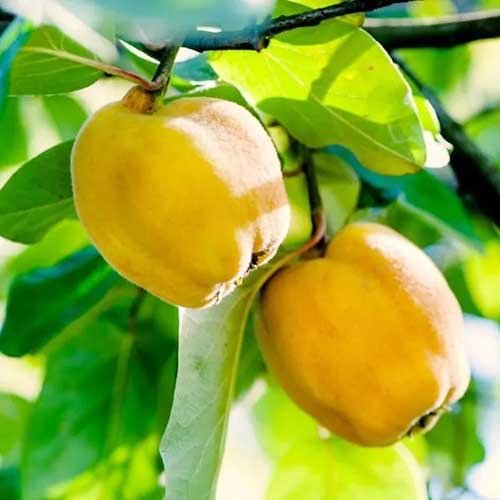
The quince tree is a deciduous fruit tree belonging to the Rosaceae family, closely related to apples and pears. Native to Southwest Asia, quince trees produce large, golden-yellow fruits with a distinct aroma. Unlike many other fruits, quince is typically too hard and tart to eat raw, but it shines when cooked into jams, jellies, sauces, and baked goods.
Quince trees also boast springtime blossoms that range from pale pink to white, attracting pollinators and adding ornamental value to gardens. Their compact size and slow growth make them suitable for small yards, container planting, and home orchards.
Choosing the Right Location
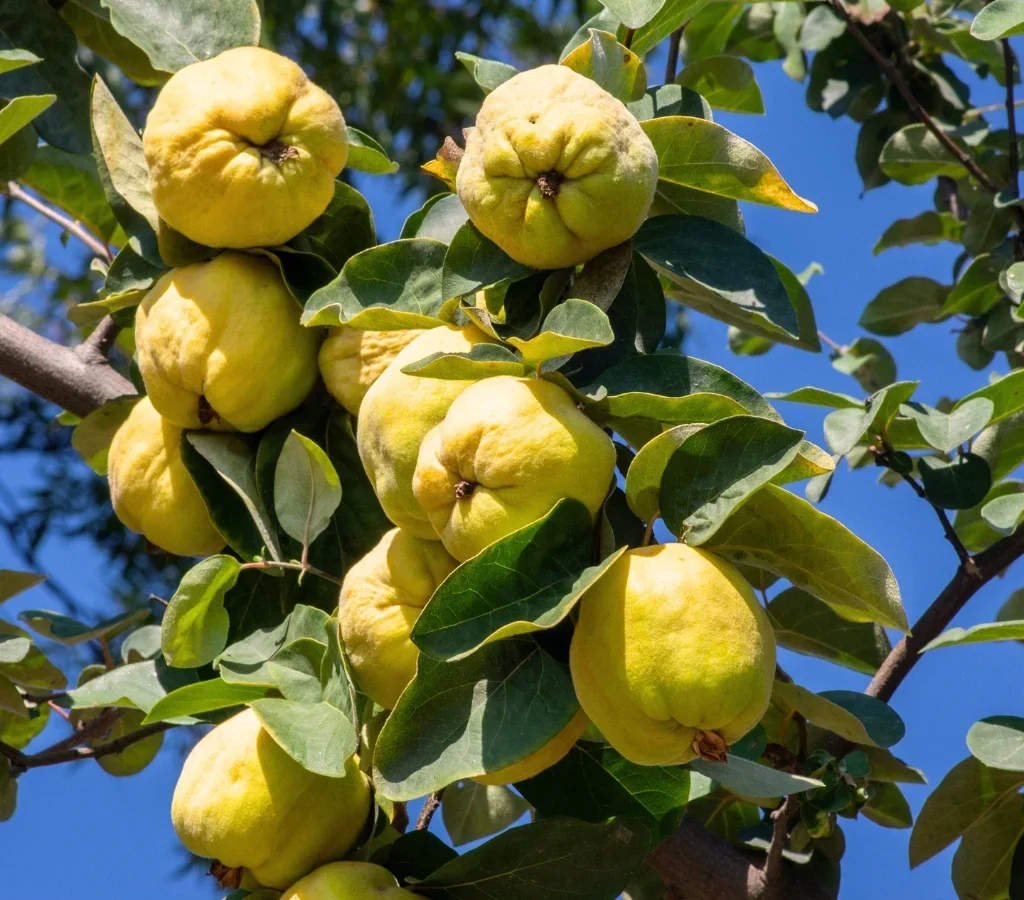
A successful quince tree starts with choosing the right location:
- Sunlight: Quince trees thrive in full sun, requiring at least 6–8 hours of direct sunlight per day. Adequate sunlight ensures healthy growth, flowering, and fruit development.
- Soil: Well-drained soil is essential for quince trees. They prefer slightly acidic to neutral soil (pH 6.0–7.0). Avoid heavy clay soils that retain water, as they can lead to root rot.
- Spacing: Plant quince trees with enough space for growth. Standard quince trees can reach up to 15 feet in height and width, while dwarf varieties require less room. Provide at least 10–15 feet of spacing between trees to ensure proper airflow and light penetration.
Planting Your Quince Tree
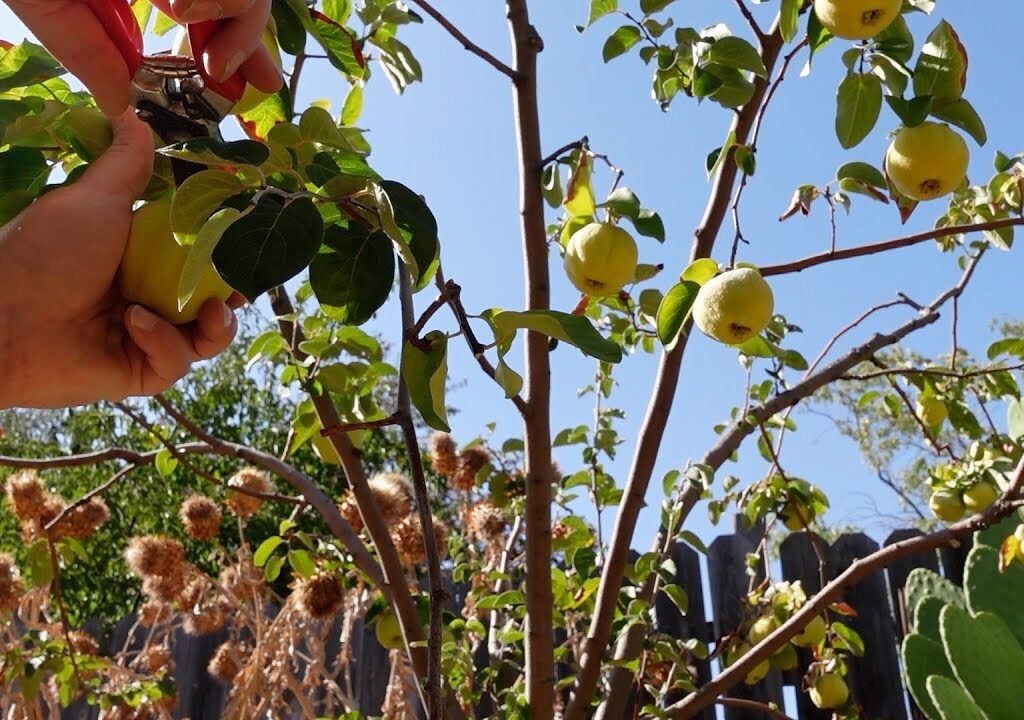
Planting a quince tree correctly ensures a strong foundation for years of fruit production:
- Timing: The best time to plant quince trees is in early spring or late fall when the tree is dormant.
- Digging the Hole: Dig a hole twice as wide and slightly deeper than the tree’s root ball. Loosen the soil at the bottom to encourage root growth.
- Planting: Place the tree in the hole, ensuring the graft union (if grafted) is above the soil line. Fill the hole with soil, firming gently to remove air pockets.
- Watering: Water the tree deeply immediately after planting to help settle the soil and promote root establishment.
- Mulching: Apply a layer of organic mulch around the base to retain moisture, suppress weeds, and regulate soil temperature.
Caring for Your Quince Tree
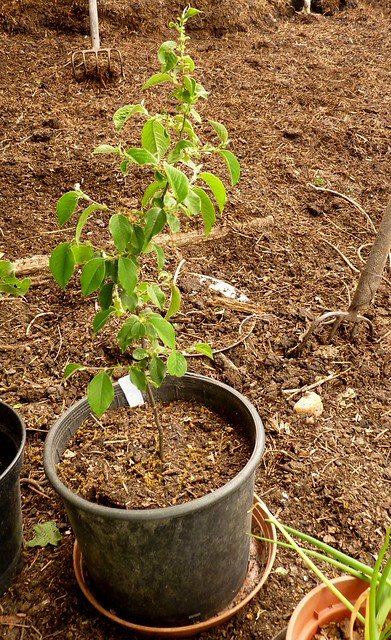
Proper care is crucial to ensure healthy growth and abundant fruit:
1. Watering
Young quince trees need regular watering to establish their roots. Provide deep, infrequent watering rather than frequent shallow watering to encourage deep root growth. Once established, quince trees are moderately drought-tolerant but benefit from additional water during dry spells, especially in the flowering and fruiting stages.
2. Fertilizing
Fertilize quince trees in early spring before new growth begins. Use a balanced fertilizer (10-10-10) or compost to supply essential nutrients. Avoid excessive nitrogen, as it can lead to vigorous vegetative growth at the expense of fruiting. A second light feeding after fruit set can support fruit development.
3. Pest and Disease Management
Quince trees are relatively hardy, but they can be susceptible to pests and diseases such as:
- Fire blight: A bacterial disease that causes wilting and blackened branches. Prune affected areas and apply copper-based sprays if necessary.
- Codling moth: A common fruit pest. Monitor for larvae and use appropriate organic or chemical controls.
- Aphids and scale insects: These can be controlled with neem oil or insecticidal soap.
Regular monitoring, proper spacing, and good garden hygiene help reduce pest and disease risks.
Pruning Your Quince Tree
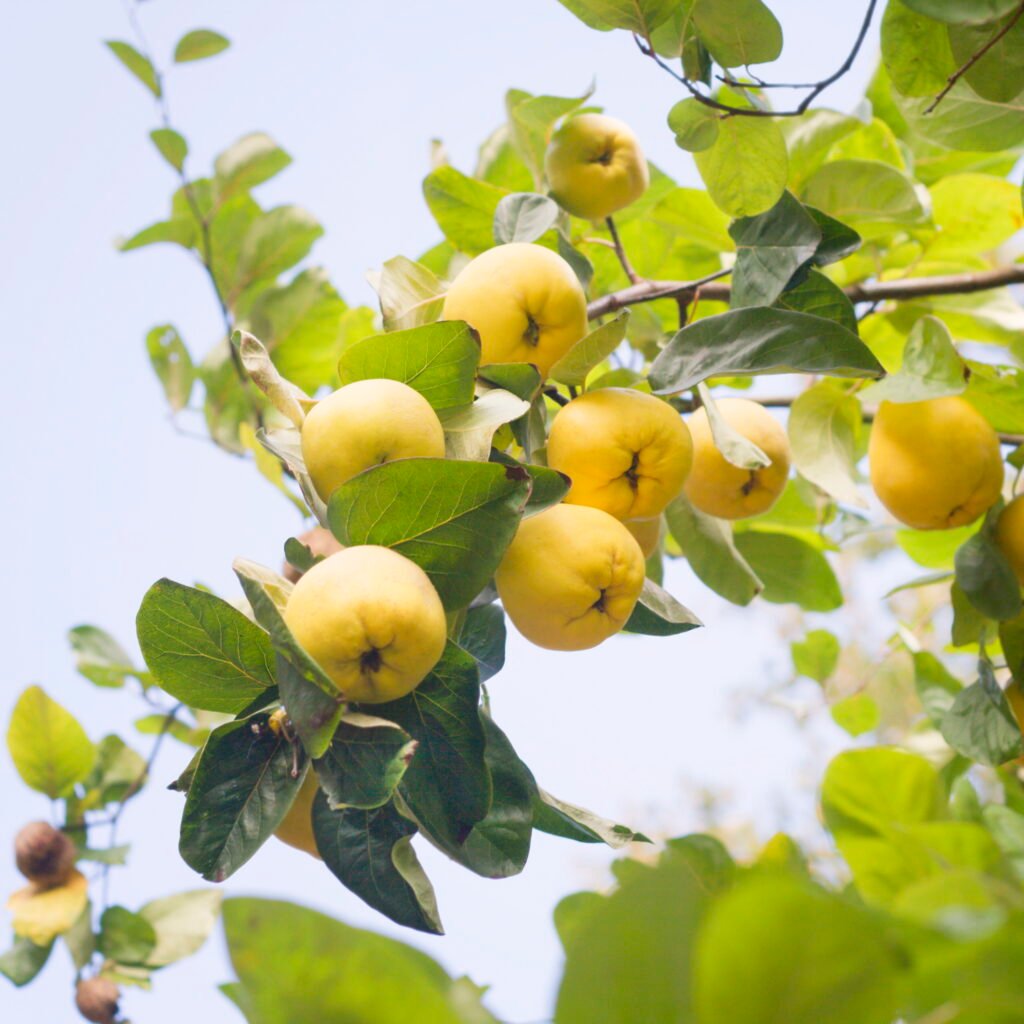
Pruning is essential for shaping the tree, improving air circulation, and increasing fruit production:
1. When to Prune
- Dormant season: Late winter or early spring, before buds swell, is ideal for structural pruning.
- Summer pruning: Light summer pruning can control size and remove water sprouts.
2. How to Prune
- Shape the tree: Quince trees are usually trained in an open center or vase shape. Remove inward-growing branches to allow sunlight to reach the interior.
- Remove dead or diseased wood: Cut back damaged branches to prevent disease spread.
- Thin crowded branches: Proper thinning improves airflow and reduces fungal risks.
- Encourage fruiting: Remove excessive vegetative growth to channel energy into fruit production.
Flowering and Pollination
Quince trees produce beautiful, fragrant flowers in spring, typically pink or white. These blossoms attract pollinators such as bees, which are essential for fruit set. Some quince varieties are partially self-fertile, but planting more than one variety increases cross-pollination and improves yields.
Harvesting Quince Fruit
Harvesting quince at the right time is key to flavor and culinary use:
- Timing: Quince fruits are usually ready for harvest in late autumn, just before the first frost. The fruit should turn golden yellow and develop a strong fragrance.
- Handling: Quince is firm and can bruise easily. Handle fruits gently to avoid damage.
- Ripening: Like medlars, some quince varieties benefit from short storage off the tree to enhance sweetness before use.
Quince is rarely eaten raw due to its tartness but is excellent when cooked into jams, jellies, sauces, and desserts. Its pectin-rich nature makes it ideal for preserves.
Culinary Uses for Quince
Quince fruit is a versatile ingredient in the kitchen:
- Quince Jam and Jelly: Boil quince with sugar to create flavorful jams and jellies.
- Baked Quince: Roast or poach quince with spices for a fragrant dessert.
- Quince Paste (Membrillo): A traditional Spanish treat, quince paste pairs perfectly with cheese.
- Sauces and Compotes: Add cooked quince to apple or pear sauces for extra flavor.
Its unique aroma and tangy-sweet taste add depth to both sweet and savory dishes.
Tips for Growing a Healthy Quince Tree
- Patience: Quince trees may take a few years to produce significant fruit.
- Support young trees: Stake young trees to prevent wind damage.
- Regular monitoring: Keep an eye out for pests and diseases to maintain tree health.
- Companion planting: Plant flowering plants nearby to attract pollinators and improve fruit set.
- Proper storage: Harvested quince can be stored in a cool, dry place for several weeks.
Conclusion
Growing a quince tree can be a rewarding experience for gardeners and food enthusiasts alike. With proper planting, care, pruning, and harvesting, your quince tree can provide years of fragrant blooms and delicious fruit. From its ornamental beauty to its versatile culinary uses, quince is truly a remarkable fruit tree that combines practicality and charm.
By following this guide, you’ll be well on your way to cultivating a healthy, productive quince tree that becomes a centerpiece of your garden and a star ingredient in your kitchen. Whether you’re enjoying its flowers in spring or making jams and pastes in autumn, quince offers a unique gardening experience that’s both satisfying and delicious.
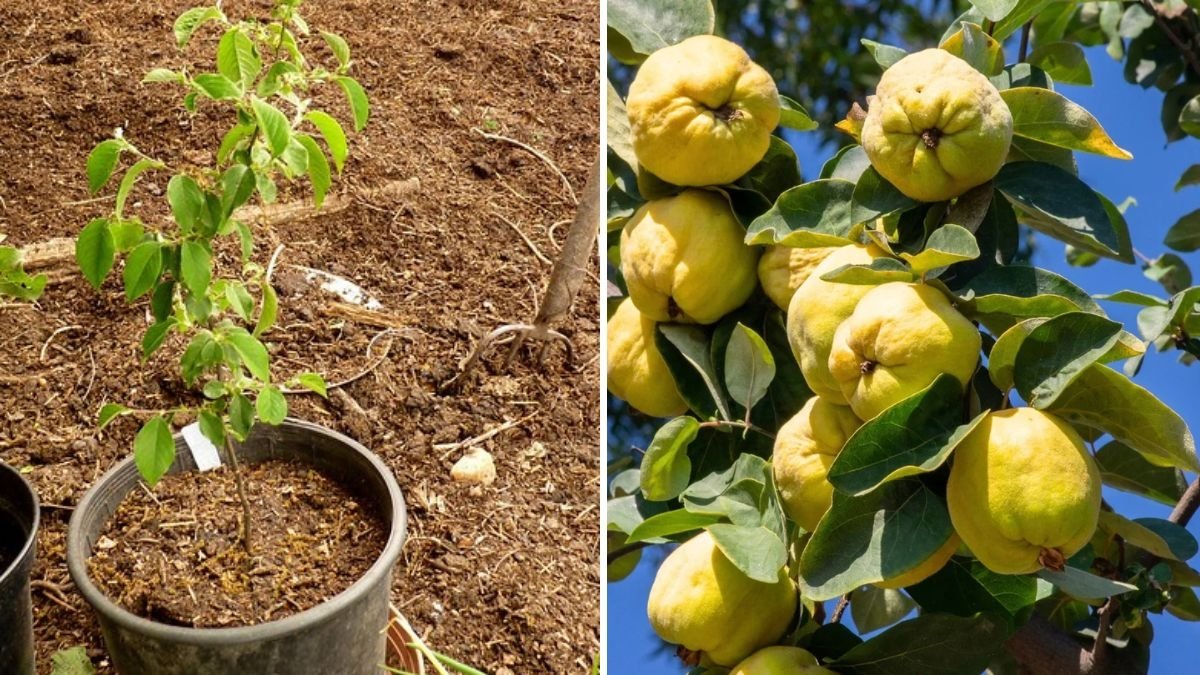
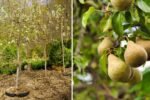


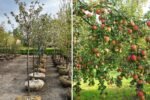
Leave A Comment